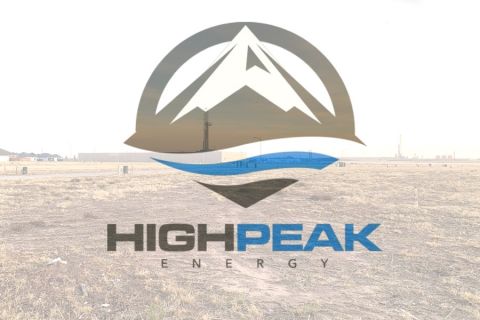Contrary to the conventional beliefs of many environmentalists, hydraulic fracturing, or fracing, has at least one major environmental benefit: saving water, new research shows.
The debate is typically framed around “priorities.” Those who care more about the environment typically oppose fracing. Those who care more about U.S. energy independence and domestic economic opportunities are usually strong hydraulic fracturing proponents.
However, a new study published by the University of Texas at Austin disrupts the usual dichotomy. At a time when climate change scientists are increasingly concerned about the effects of drought, the UT-Austin research shows that the water-intensive fracing method of extracting gas actually saves water in the aggregate.
Texas experienced its most extreme drought on record in 2011, with as many as 100 days of triple-digit temperatures at some locations, resulting in record electricity demand and historically low reservoir levels.
Electricity produced using gas-combustion turbines and gas-powered, combined cycle generators require roughly 30% of the water needed for coal-power plants. The study estimates that the amount of water saved by shifting a power plant from coal to gas is as much as 50 times the amount of water lost in fracing to extract the gas from underground shale formations.
UT-Austin researchers estimate that for every gallon of water used to frac for gas, Texas saved 33 gallons of water by using that gas for electricity generation rather than producing the same amount of power with coal.
“During the 2011 drought, if Texas’ natural gas-fired power plants had generated electricity with coal, the state would have consumed an additional 32 billion gallons of water, or enough to supply about 870,000 people with water, accounting for water used for fracing,” according to the study.
The analysis quantified water and electricity demand and supply for all 423 of the state’s power plants during the drought relative to 2010 (baseline).
“Natural gas—now ~50% of power generation in Texas—enhances drought resilience by increasing the flexibility of power-plant generators, including gas-combustion turbines to complement increasing wind generation and combined-cycle generators with ~30% of cooling-water requirements of traditional steam-turbine plants,” researchers wrote. “These reductions in water use are projected to continue to 2030 with increased use of natural gas and renewables.”
Commenting on the new report, Bridget Scanlon, senior research scientist at UT’s Bureau of Economic Geology and lead author of the study, said, “the bottom line is that hydraulic fracturing, by boosting natural gas production and moving the state from water-intensive coal technologies, makes our electric-power system more drought-resilient.”
Recommended Reading
Baker Hughes Awarded Saudi Pipeline Technology Contract
2024-04-23 - Baker Hughes will supply centrifugal compressors for Saudi Arabia’s new pipeline system, which aims to increase gas distribution across the kingdom and reduce carbon emissions
BP’s Kate Thomson Promoted to CFO, Joins Board
2024-02-05 - Before becoming BP’s interim CFO in September 2023, Kate Thomson served as senior vice president of finance for production and operations.
Magnolia Oil & Gas Hikes Quarterly Cash Dividend by 13%
2024-02-05 - Magnolia’s dividend will rise 13% to $0.13 per share, the company said.
TPG Adds Lebovitz as Head of Infrastructure for Climate Investing Platform
2024-02-07 - TPG Rise Climate was launched in 2021 to make investments across asset classes in climate solutions globally.
HighPeak Energy Authorizes First Share Buyback Since Founding
2024-02-06 - Along with a $75 million share repurchase program, Midland Basin operator HighPeak Energy’s board also increased its quarterly dividend.





